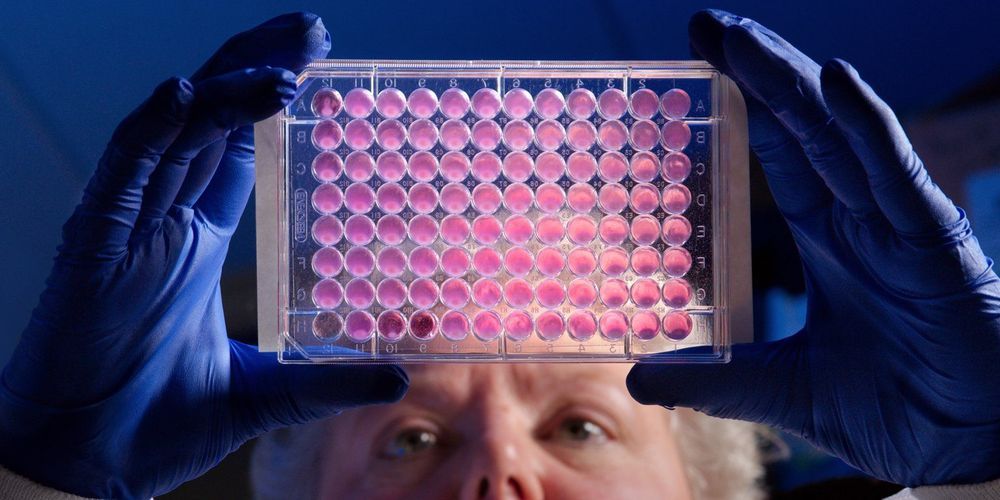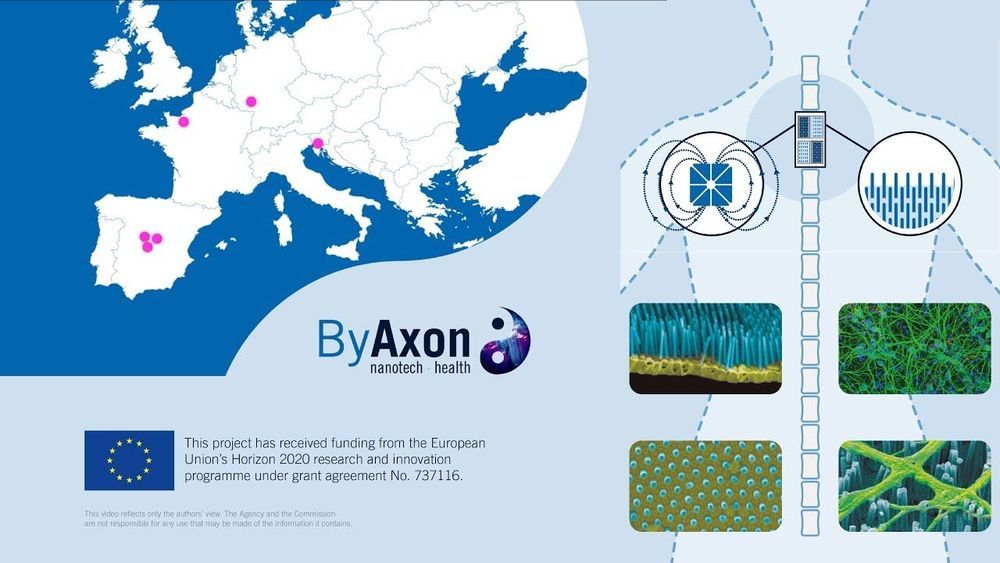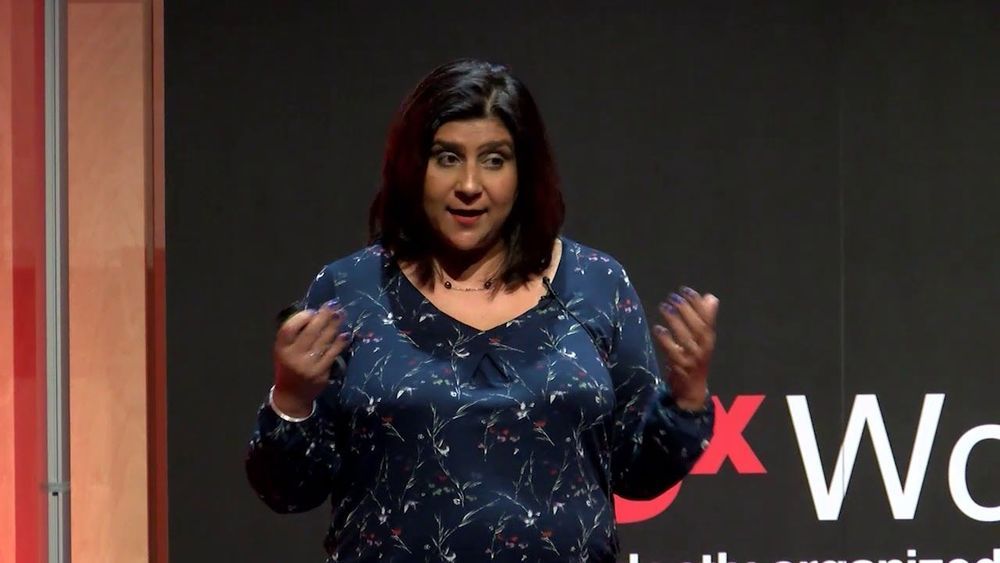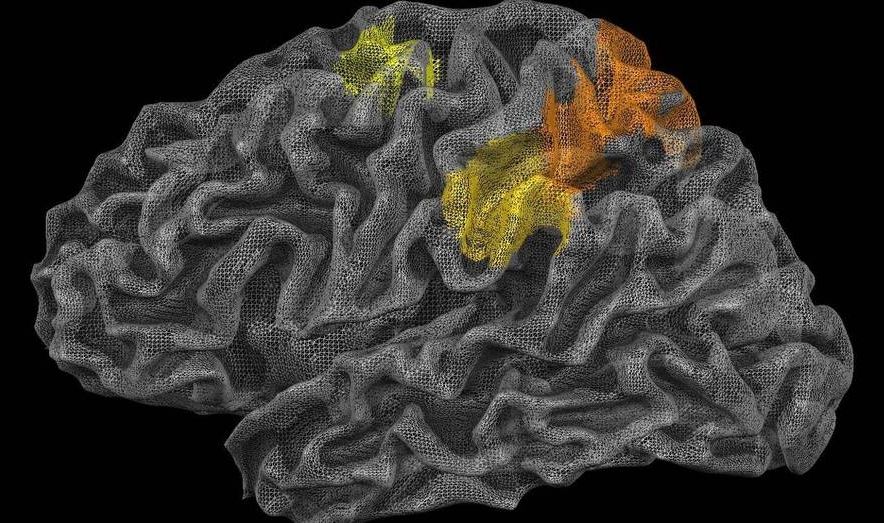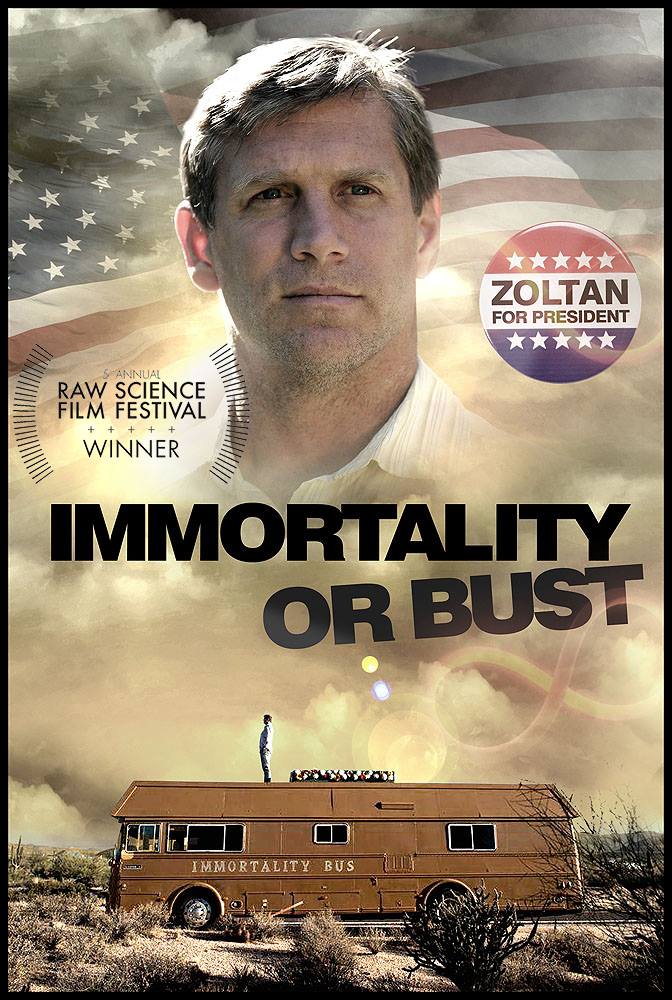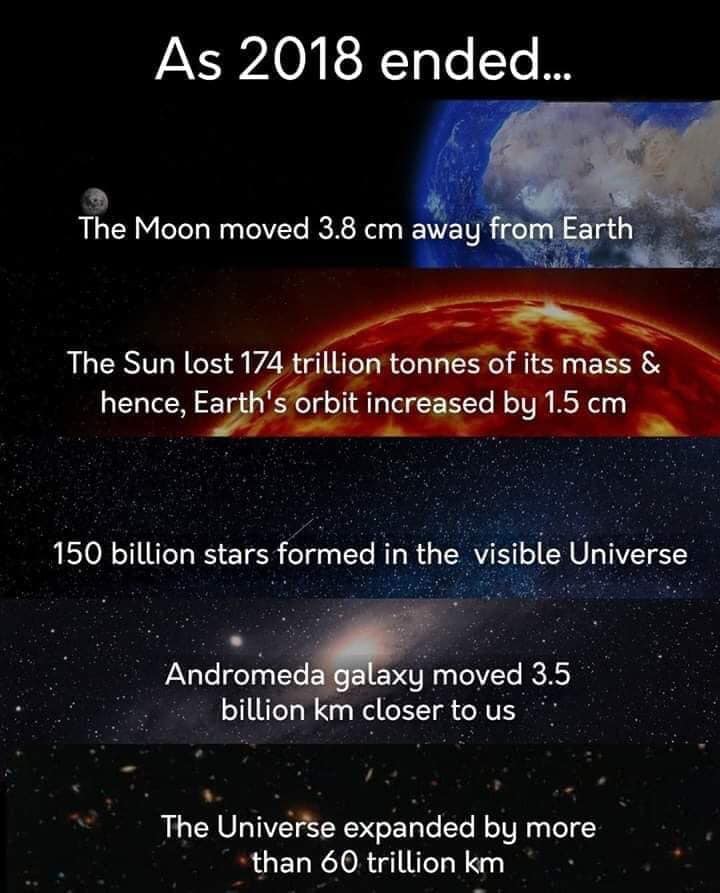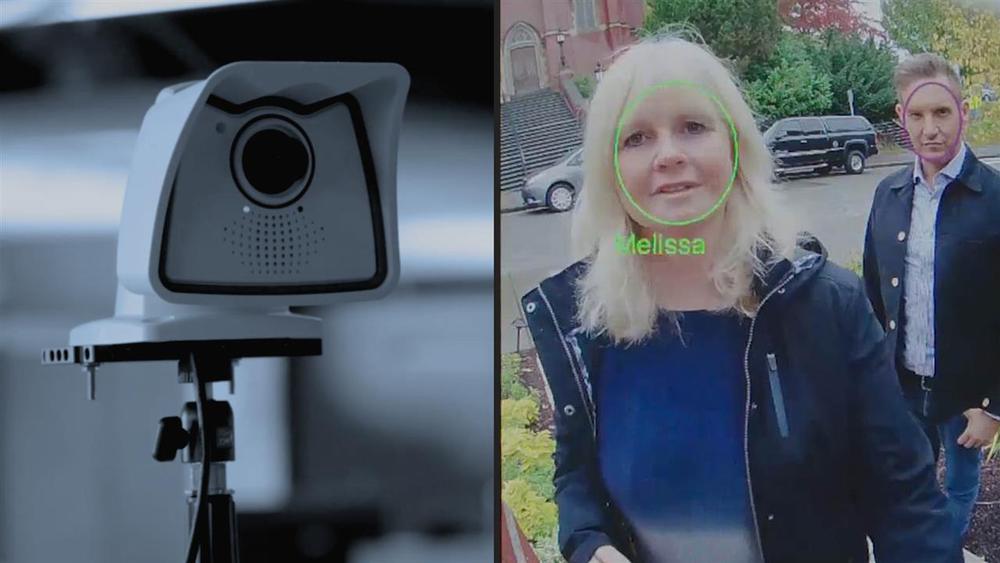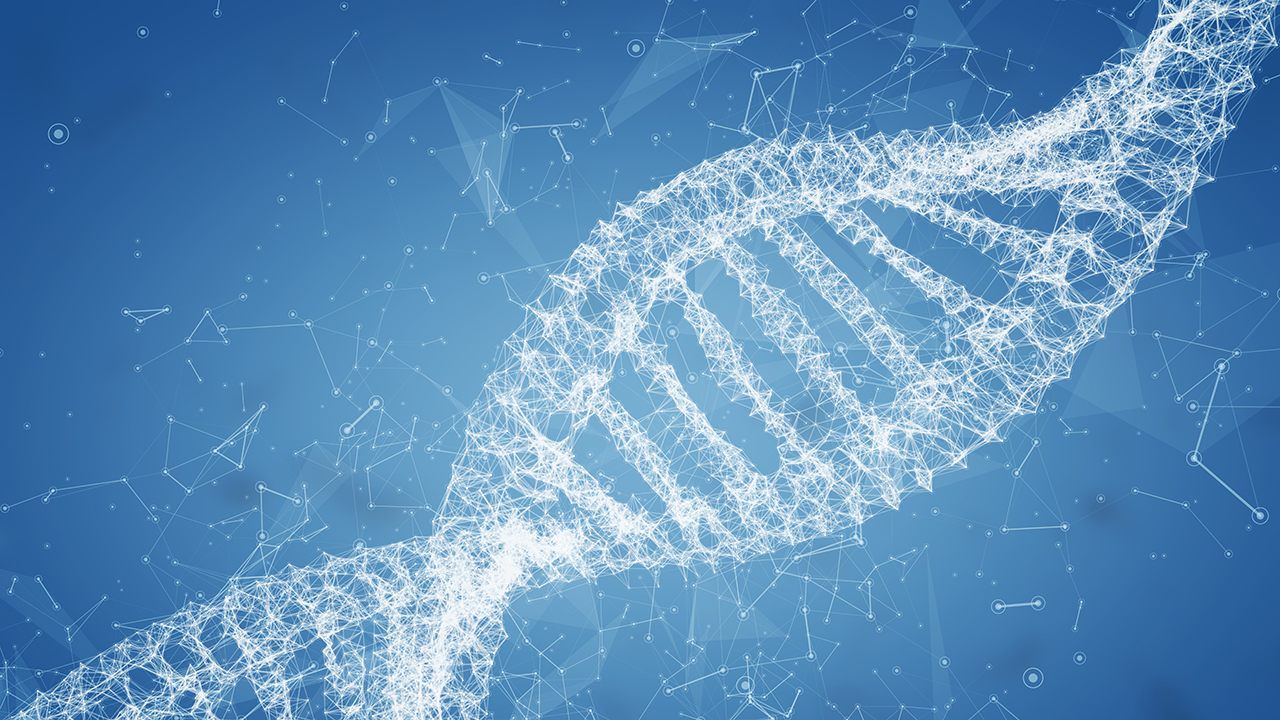- In an age where innovative technologies like gene and cell therapy are transforming how we think about medical treatments, some CEOs are wondering what’s being left on the table.
- Business Insider spoke to three companies developing new uses for old drugs, and they told us now might be a good time to rethink what we consider innovation.
- Simply changing how drugs are dosed or delivered could open up the doors to more uses for existing medications in tough-to-treat conditions like female sexual arousal dysfunction or antibiotic-resistant infections.
The key to tackling hard-to-treat diseases could have less to do with flashy new technologies than with finding new uses for old drugs.
A range of smaller drugmakers are exploring the back catalogs of big pharma companies to discover old drugs that could be used in new ways, they told Business Insider. They’re seeking treatments for conditions including a rare lung disease, antibiotic-resistant infections, and female sexual arousal disorder. Along the way, they’re seeking to redefine what we think of as medical innovation.
